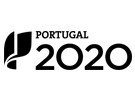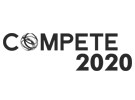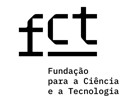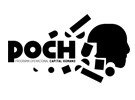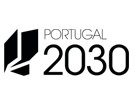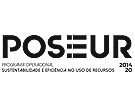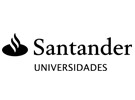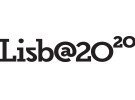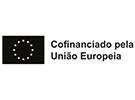


Publication in the Diário da República: Despacho nº 14312/2015 - 02/12/2015
6 ECTS; 2º Ano, 2º Semestre, 30,0 T + 15,0 PL + 30,0 TP + 5,0 OT , Cód. 912322.
Lecturer
- Jorge Rafael Nogueira Raposo (1)(2)
(1) Docente Responsável
(2) Docente que lecciona
Prerequisites
Not applicable
Objectives
Since the mechanics of materials is a basic engineering science, it is used in the design of structures, machines and other types of equipment. We will aim to provide students with knowledge of:
A-design so that structures can withstand the stresses and service conditions to which they will be subjected.
B- the design process involves analysing the stresses and deformations of these components and considering the mechanical properties of the materials chosen.
C-The studies that will be carried out in this course are limited to bodies made up of simple elements such as bars, beams and shafts, forms that occur most frequently as components of the machines and structures designed by the Mechanical Engineer. Gebber beam systems, tri-articulated systems, trusses and others will also be studied.
Program
Review of statics:
Free Body Diagram;
Stress Diagrams,
Types of Loading;
Coefficient of safety.
Beam loading:
Supports and loads on beams.
External forces and internal forces in beams.
Torsion:
Deformation in a cylindrical shaft;
Stresses in the elastic domain;
Torsion angle of the elastic domain;
Shaft shear designs.
Pure Bending:
Stresses and deformations in pure bending;
Deformations in the cross section;
Eccentric axial loading in a plane of symmetry;
Asymmetric bending;
General case of asymmetric bending.
Transverse loading:
Determination of shear forces in a horizontal plane of the beam;
Determination of shear stresses;
Shear stresses in common types of beams;
Generalised loading.
Design of beams and shafts:
Transverse stress and bending moment diagrams;
Relationship between loading, transverse stress and bending moment;
Design of prismatic beams;
Beams of equal resistance;
Design of transmission shafts.
Calculating the deformation of a beam by integration:
Equation of the elastic curve;
Determination of the elastic curve from the distributed load;
Superposition method
Evaluation Methodology
Continuous evaluation:
- Knowledge assessment to be made through exercises carried out throughout the semester (40%) and through a written test (60%).
Evaluation Normal season and Resource:
- Knowledge assessment will be made through a written test (100%).
Bibliography
(2006). Resistência dos Materiais. S. Paulo: McGraw-Hill
(2006). Resistência dos Materiais. S. Paulo: McGraw-Hill
(2011). Mecânica Vectorial para engenheiros - Estática. S. Paulo: McGraw-Hill
(2011). Mecânica Vectorial para engenheiros - Estática. S. Paulo: McGraw-Hill
(2011). Mecânica dos Materiais. Lisboa: Fundação Calouste Gulbenkian
(2011). Mecânica dos Materiais. Lisboa: Fundação Calouste Gulbenkian
(2011). Mecânica dos Materiais. S. Paulo: AMGH Editora Ltda (Mc Graw-Hill)
(2011). Mecânica dos Materiais. S. Paulo: AMGH Editora Ltda (Mc Graw-Hill)
(2015). Resistência de Materiais. Portugal: Edição de autor
(2015). Resistência de Materiais. Portugal: Edição de autor
Teaching Method
Theoretical lectures where the application of the principles is described and exemplified, co-advised by more practical classes where exercises and practical work are proposed.
Software used in class
SolidWorks Simulation.
MDSolids.
Microsoft Teams.
